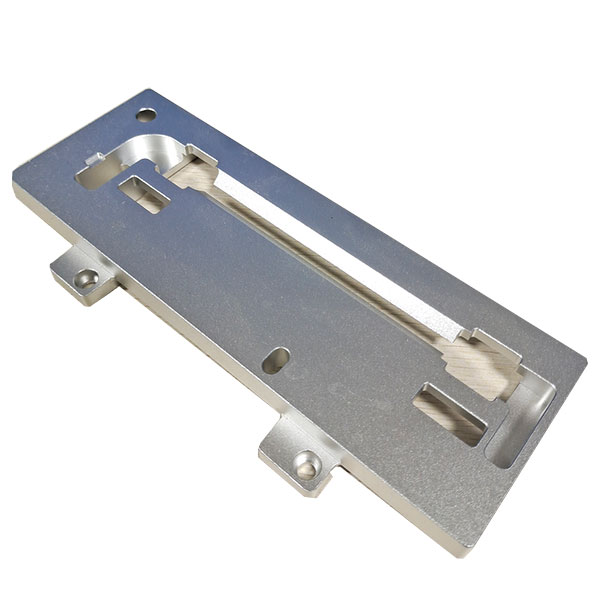

SumitechProvide customers with precision parts
Focus on precision parts processing and production
Order Hotline:+86 13418256345

What problems are often encountered with medical device parts?
When processing medical device parts in batches and on a large scale, it is necessary to always pay attention to the processing accuracy. What issues should be noted to ensure the accuracy of batch parts processing?
If the precision of batch processing of medical parts and accessories is relatively poor, it is usually because the feed dynamic error between each axis was not adjusted properly during installation and commissioning. After wear and tear during use, the transmission chain of each axis of the machine tool has undergone changes. This can be solved by readjusting and modifying the gap compensation.
When the dynamic tracking error is too large and causes an alarm, the following key points can be checked:
Is the rotational speed of the servo motor too high?
2. Whether the corresponding servo drive device is normal;
3. Whether the components for position detection are in good condition;
4. Whether the corresponding analog output latch and gain potentiometer are in good condition;
5. Whether the connection plug-in of the position feedback cable is in good contact;
Second, poor processing accuracy caused by overshoot during machine tool operation may be due to too short acceleration or deceleration time. It is advisable to appropriately verify the time of speed change in the factory. It is also possible that the connection between the servo motor and the lead screw is loose or the rigidity is too poor. The gain of the position loop can be appropriately reduced.
Third, the roundness of the two-axis linkage is too poor
1. Oblique elliptical error: For this, first check the size of the position deviation values of each axis. If the deviation is too large, adjust the position loop gain to eliminate it. Then, we can check whether the interface board of the resolver or the induction synchronizer is properly adjusted, and also check whether the gap of the mechanical transmission pair is too large and whether the gap compensation is appropriate.
2. Axial deformation of the element, this deformation might be caused by improper mechanical adjustment. Poor positioning accuracy of the shaft or improper compensation of the lead screw clearance can both lead to roundness errors when passing through the quadrant.
About Sumitech
CompanyapplicationCertificate environmentcontactProduct
Five axis machining part High precision partsCNC lathe partsMedical device partsOther industriesNews
Company Industry problem+86-134-1825-6345Monday to Saturday 8:30-20:00
(welcome to inquire)
Sumitech precision machinery technology (Dongguan) Co., Ltd © Copyright【ADMIN】【Back to top】